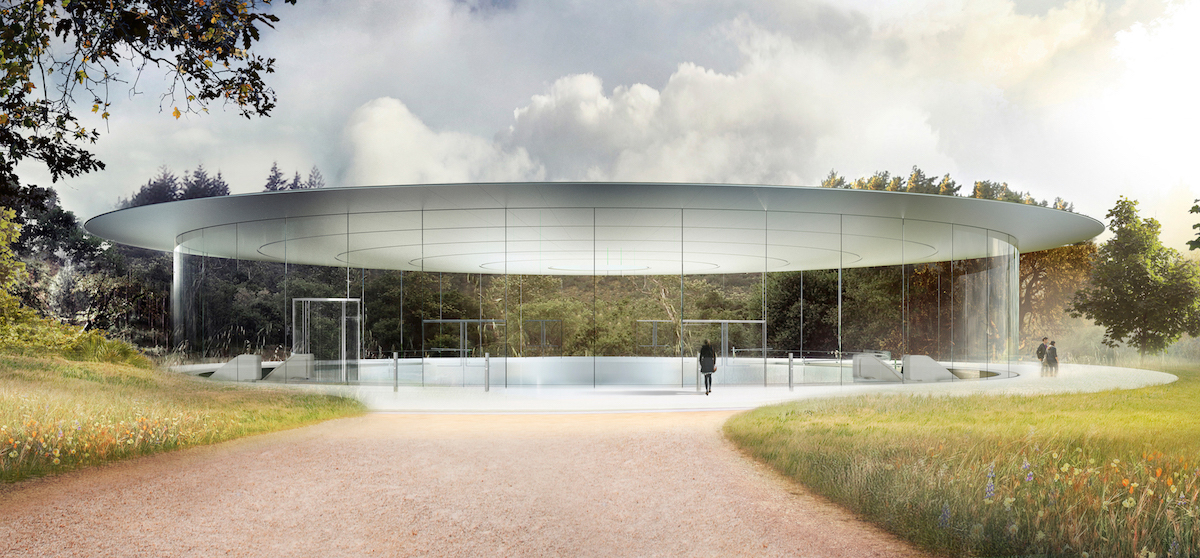We have been keeping an eye on Apple’s new campus, the flying saucer-shaped building that they’ve been constructing with all that iPhone money that people keep giving them, for some time now. It’s almost a relief to know that it’s almost ready for human habitation, as Apple has announced an official name for the spaceship building as well as a time for folks who work there to move in.
No longer just ‘that weirdly shaped building’, Apple has christened their new digs as Apple Park. Why the company responsible for the names iPhone, iPad, and Watch for some of their best devices didn’t come up with a more creative title for their new 175-acre digs, we’ll never guess.
The campus will eventually host 12,000 workers, a moving-in process that will take over six months to complete. Apple is going to be getting the first folks through the door from April this year, while the rest of the location is still under construction. Enough of it, including “the world’s largest panels of curved glass”, is finished for staff to take up residence.

Apple’s Tim Cook said “Steve’s vision for Apple stretched far beyond his time with us. He intended Apple Park to be the home of innovation for generations to come. The workspaces and parklands are designed to inspire our team as well as benefit the environment. We’ve achieved one of the most energy-efficient buildings in the world and the campus will run entirely on renewable energy.”
Apple Park will include a visitor’s centre, with an Apple Store and a cafe, a fitness centre and running paths for staff, R&D facilities, as well as natural features, such as a pond, meadow, and an orchard. The campus will generate 17 megawatts of energy via solar, and the building has been designed to be naturally ventilated — it shouldn’t need to use air conditioners or heaters for most of the average year.
All of which answers one question we’ve had for some time now: What would someone with Apple’s volume of money spend all that cash on? Um… this, we guess.